About the Authors

Charles T. Price, MD is a pediatric orthopedic surgeon at Arnold Palmer Hospital for Children and a Professor of Orthopedic Surgery at the University of Central Florida. He is the author of over 100 scientific publications including research papers and book chapters about Perthes. Dr. Price is a past President of the Pediatric Orthopedic Society of North America (POSNA). In 2011 he received the POSNA Distinguished Achievement Award for contributions to the advancement of orthopedic care for children.

Betsy Miller is the author of The Parents Guide to Hip Dysplasia and The Parents Guide to Clubfoot. She teamed up with Dr. Price to write The Parents Guide to Perthes to provide support and information to families of children with Perthes. Miller lives in California, where she writes for high-tech companies.
THE PARENTS GUIDE
 TO
TO
PERTHES
Understanding Legg-Calv-Perthes Disease
CHARLES T. PRICE, MD
BETSY MILLER

2015 by Charles T. Price and Betsy Miller.
All rights reserved. No part of this publication may be reproduced or transmitted in any form or by any means, electronic or mechanical, including photocopying and recording, or introduced into any information storage and retrieval system without the written permission of the copyright owners and the publisher of this book. Brief quotations may be used in reviews prepared for inclusion in a magazine, newspaper, or for broadcast. For more information, contact:
.
Published by Thinking Ink Press
P.O. Box 1411, Campbell, California 95009-1411
www.thinkinginkpress.com
First printing, 2015
ISBN 978-1-942480-02-0
Printed in the United States of America.
The information in this book is for educational purposes. It is not a substitute for professional medical advice from a doctor. Consult a physician about any medical symptoms or conditions that your child may have. Any use of the information in this book is at the readers discretion. The authors and the publisher specifically disclaim any and all liability arising directly or indirectly from the use or application of any information contained in this book.
Library of Congress Control Number: 2014960281
Project Credits
Cover design: Anthony Francis, Loney Grabscheid, Betsy Miller, and Nathan Vargas
Editor: Liza Olmsted
Illustrations: Denise Sutherland
Indexer: Candace Hyatt
Marketing and publicity: Gwen Leong
Digital book(s) (epub and mobi) produced by Booknook.biz.
Acknowledgments
A number of people stepped up to help with the development of this book. Denise Sutherland, your patience and exactness in creating medically accurate illustrations is greatly appreciated. Thank you Susan Pappas for your help in getting permission to use previously published illustrations and for managing the x-ray images used in this book.
A big thank you to the people who shared their personal stories about Perthes: Donna Colburn Brown, Claudia Giffuni (and Nico), Kate Guscette, Lisa Guscette, Michelle Vance, and Kathy Churchill (and Connor). Catalin Zaharia, we appreciate your insightful comments in response to the early draft of this manuscript.
Liza Olmsted, your careful editing and understanding of the arcane rules involved in citations is greatly appreciated. Casy Hsu, thank you for your fresh perspective on this topic. Gwen Leong, you did a great job helping me spread the word about this book. And an extra special thanks goes out to all the people who participated in the preordering event and to those who contributed extra to make it possible to donate books as resources.
1
Understanding Perthes
Perthes disease, also called Legg-Calv-Perthes disease, is a condition in which the bone in the ball in a childs hip joint loses its circulation and becomes brittle. Over time, this causes the bone to die, but as circulation returns to the joint, new bone gradually grows in place of the brittle bone. For some children, this process affects the shape of the ball at the top of the thigh bone, which is called the femoral head. This can occur in one hip or both hips.
This stoppage of circulation in the hip can occur at any age, but the problem has different names for other age groups. A name that applies to any age group is avascular necrosis (AVN). Avascular means the loss of vascularity (blood flow) and necrosis means death. So, the term AVN means death of the bone because of loss of blood supply. However, doctors use a lot of different terms for this condition. You dont need to remember all of the names that are used for Perthes. They are explained here and are also in the glossary for reference. Perthes disease is the most common name, but you may hear Legg-Calv-Perthes disease, or simply AVN because AVN is the medical term for what happened. In fact, AVN can occur in babies and in adults, but its only called Perthes in the age group between 2 and 14 years. To make matters more confusing, AVN in babies and adults is also called osteonecrosis, or dead bone, in addition to being called AVN. So, you can see that doctors use many terms to identify one problem. This is similar to the way we identify ourselves by our names, full names, nicknames, family relationships, or other terms.
One possible reason that the term Perthes is used for the age group between 4 and 13 is how Perthes affects the shape of the ball at the top of the thigh bone. Babies with AVN always recover with a round ball, but adults never do without treatment. The age between 4 and 13 is unpredictable. Some children in this age group recover without any intervention and others need treatment. So, the first question to ask is: who needs treatment and who doesnt in the age group between 4 and 13 years? Doctors rely on observations, tests, and experience to help decide who needs to be treated and who can be allowed to heal without intervention. We hope that this book will give you some insight into the keys for those decisions.
Hip Anatomy and Blood Supply
A hip joint is a ball-and-socket joint. The top of the thighbone (femur) is round, like a ball, and is called the femoral head. It fits deep inside the hip socket, which is called the acetabulum.
Cartilage covers the surfaces of the joint, and allows it to glide smoothly. Oily fluid inside the joint keeps it lubricated. That fluid is made by the lining of the joint called the synovium. A rim of soft tissue called the labrum surrounds the hip socket: it adds extra support and provides a seal that helps keep the ball inside the socket. Because it is not made of bone, the labrum cannot be seen on x-rays.
In , notice that the blood vessels do not cross the growth plate because it is cartilage in the child. This limits the blood supply to the ball until the growth plate turns to bone as an adult. Sometimes Perthes causes the growth plate to turn to bone prematurely and this can cause a growth disturbance.
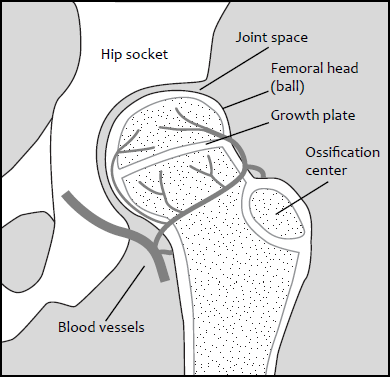

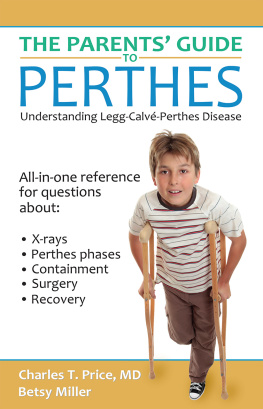

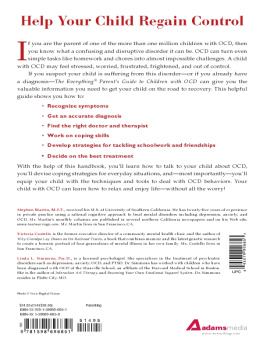
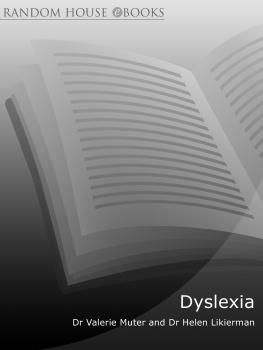
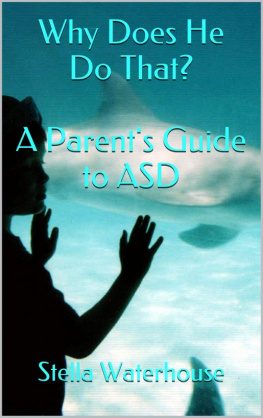
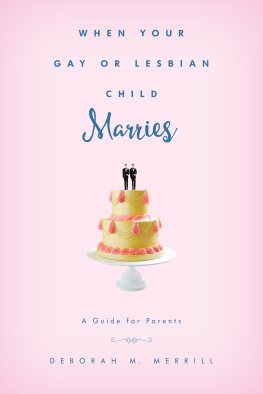

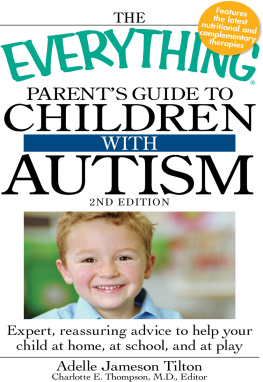

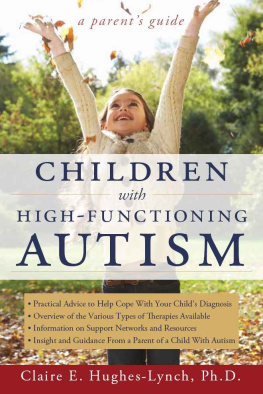



 TO
TO
